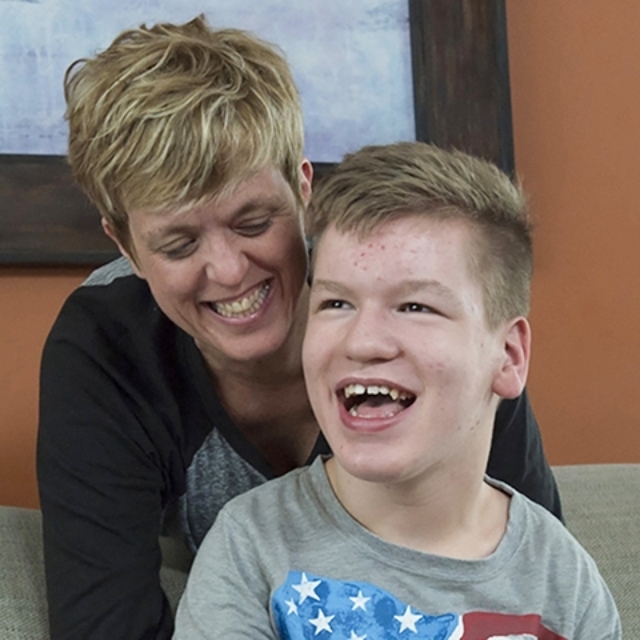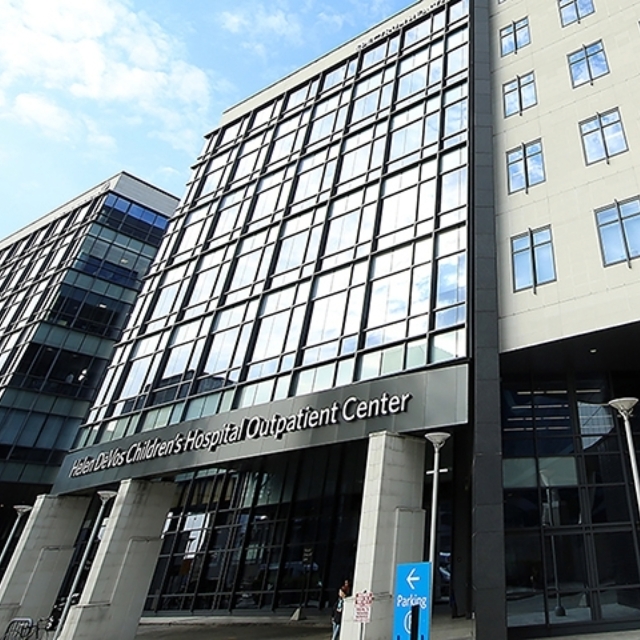Hip dysplasia occurs when a baby is born with a shallow hip socket. This can make the “ball” at the top of the leg bone slip in and out of the socket. Without treatment, this can lead to osteoarthritis and other hip deformities in young adulthood. When diagnosed and treated appropriately, most children develop normally.
Hip dysplasia is a common condition, and babies that are breech, first-born females or have a family history of hip dysplasia are at a higher risk for having the condition. As experts in the complexities of growing bodies, our pediatric orthopedic providers can determine the right treatment based on a child’s age and the severity of the condition.








